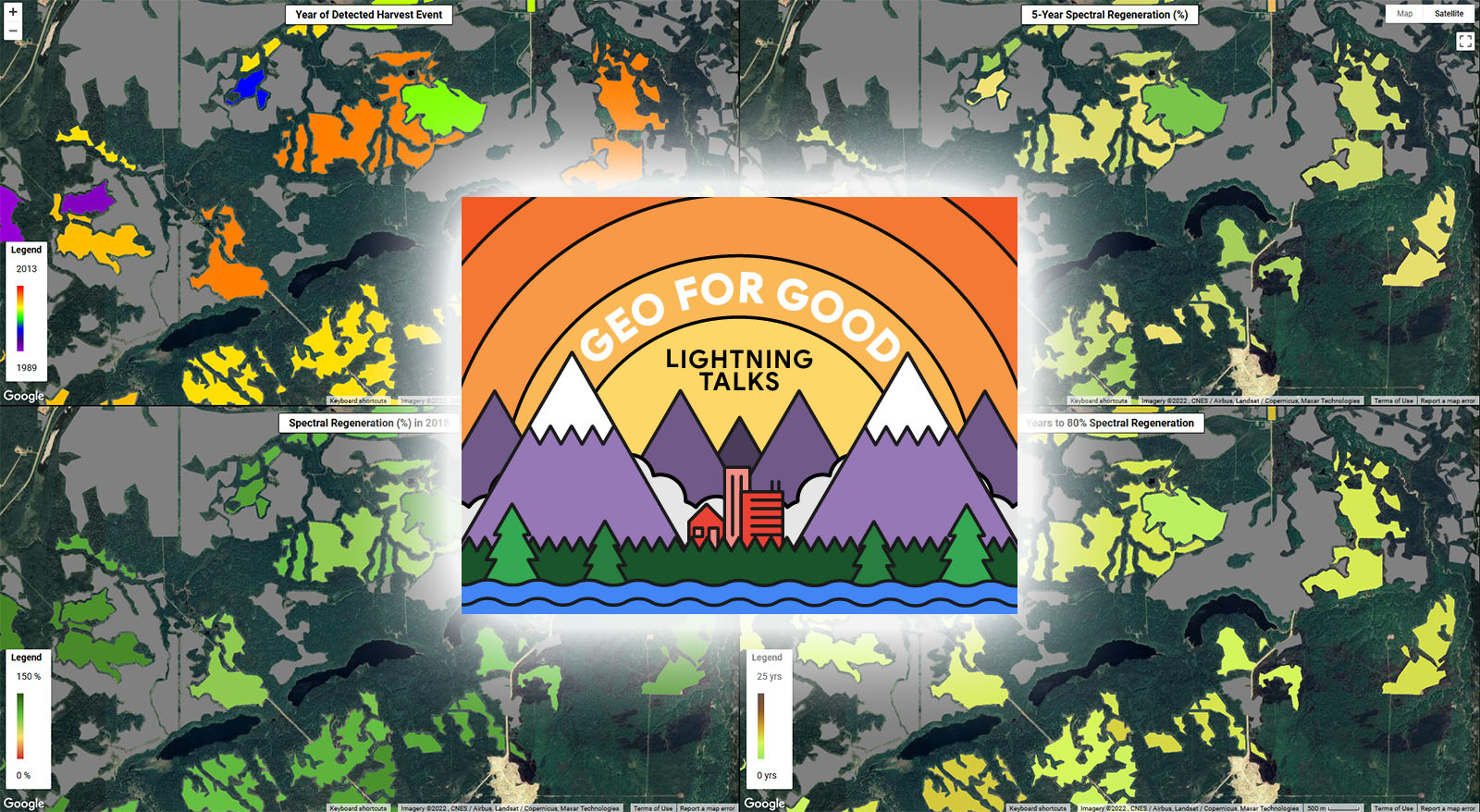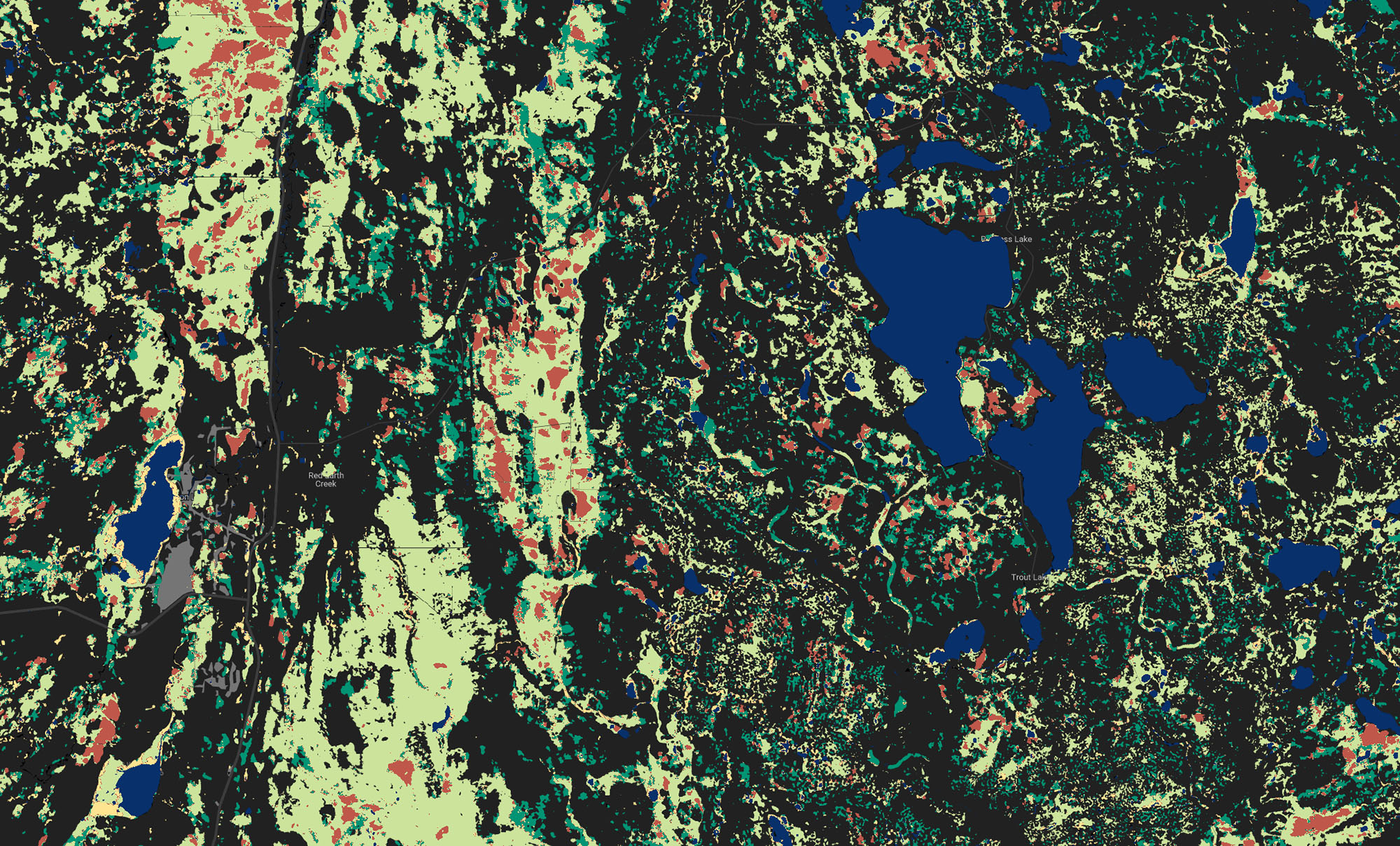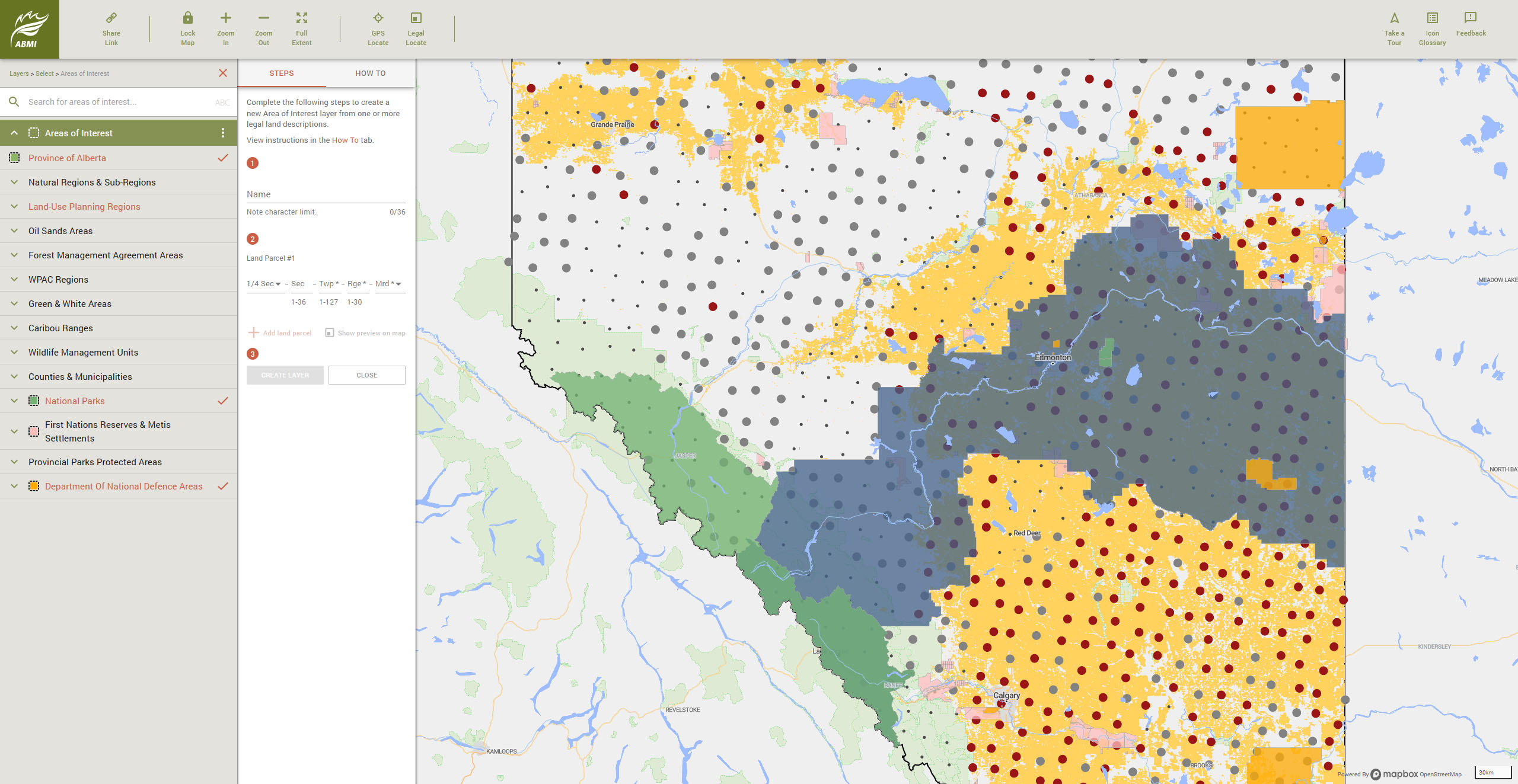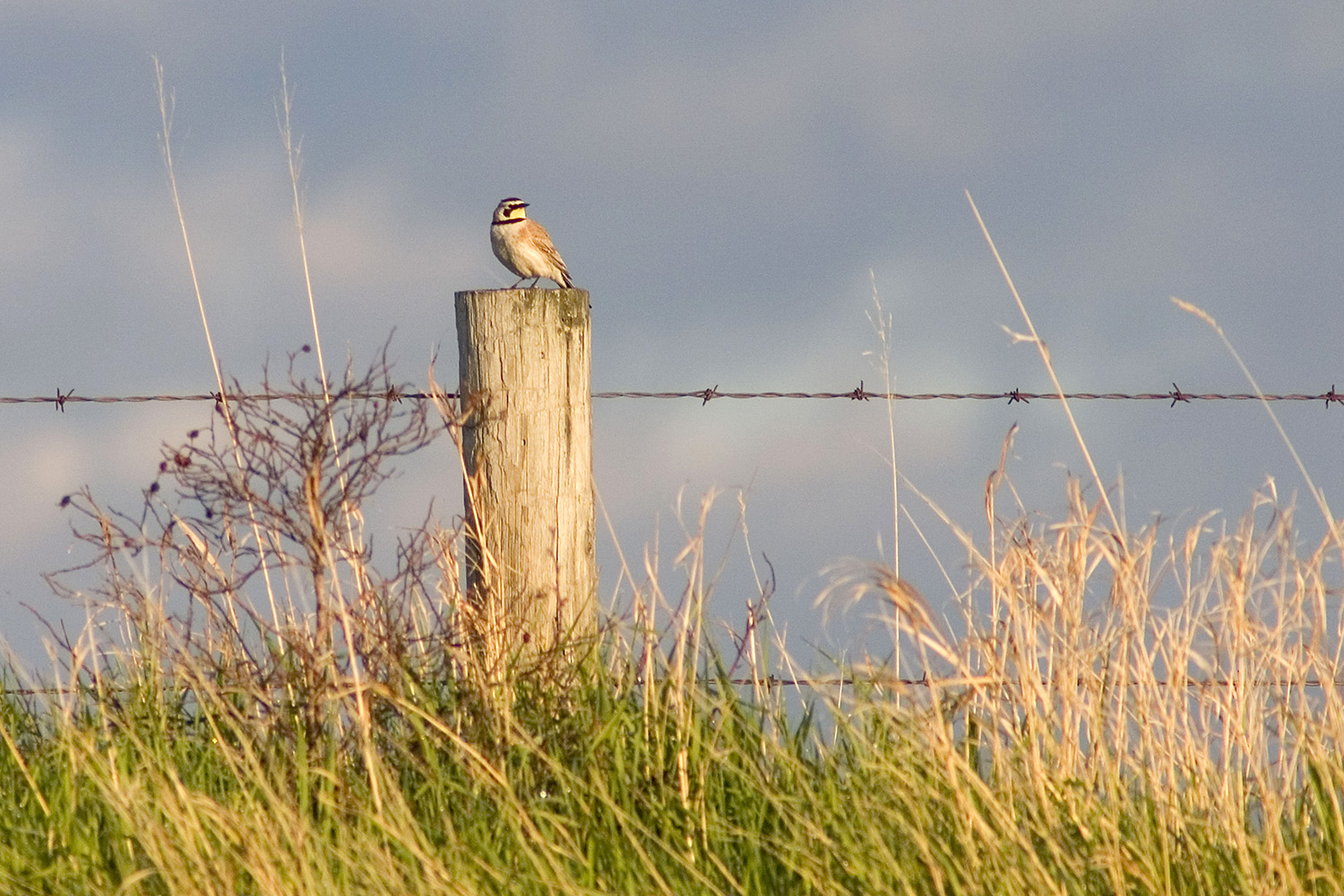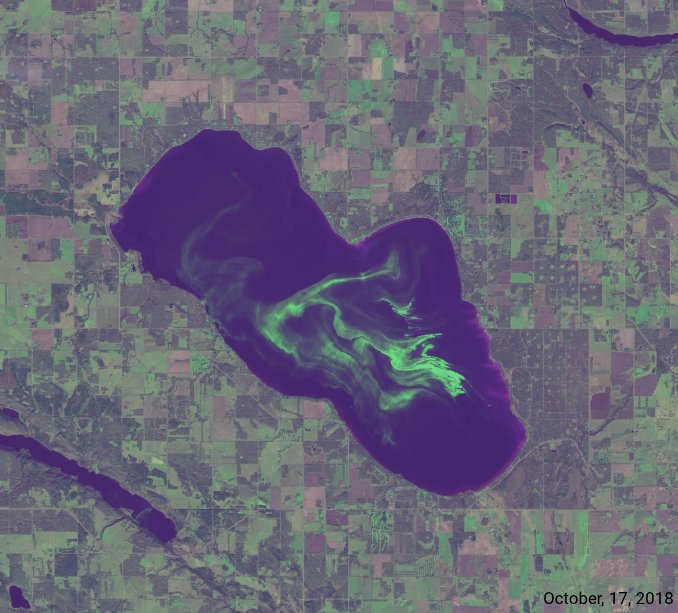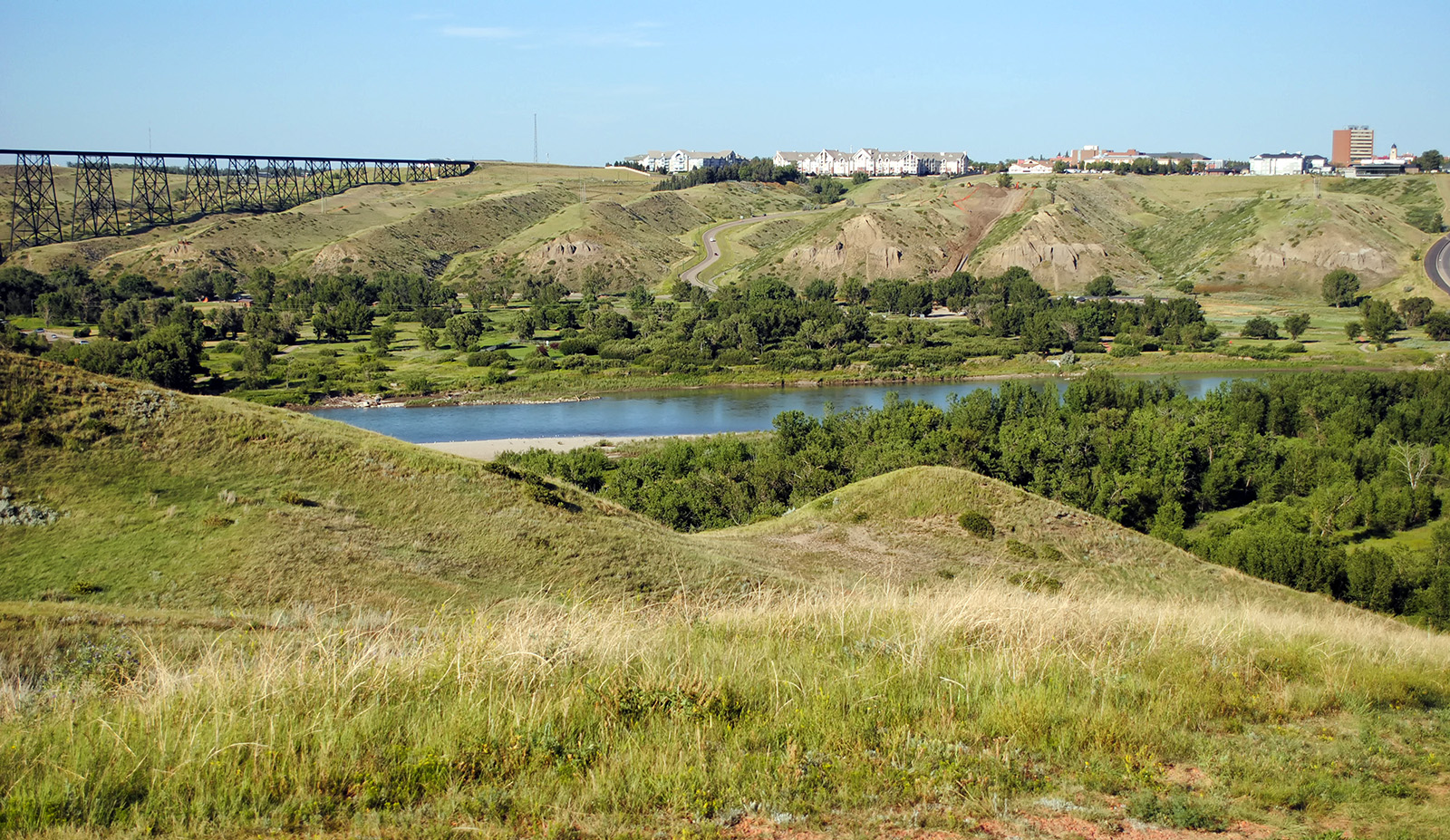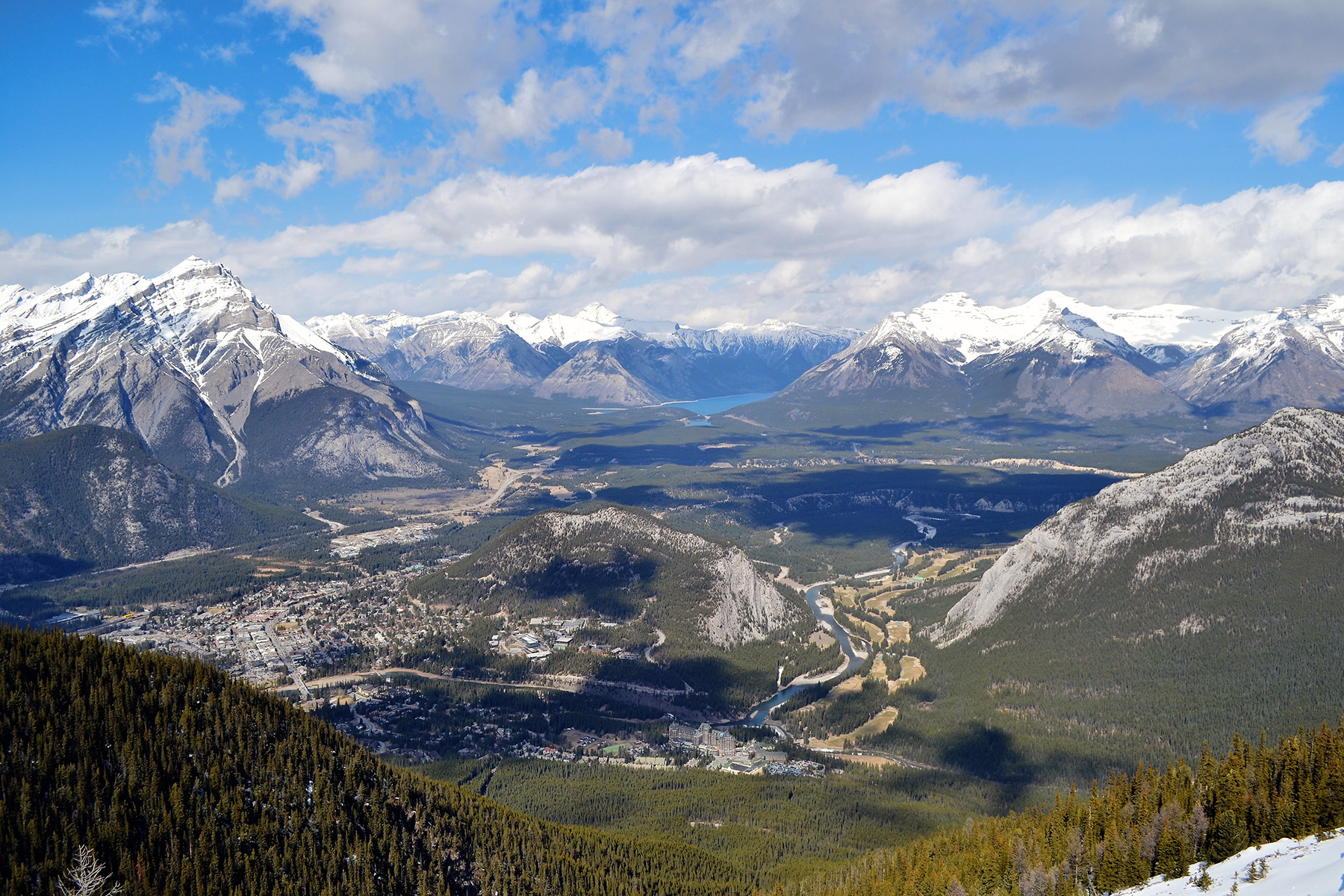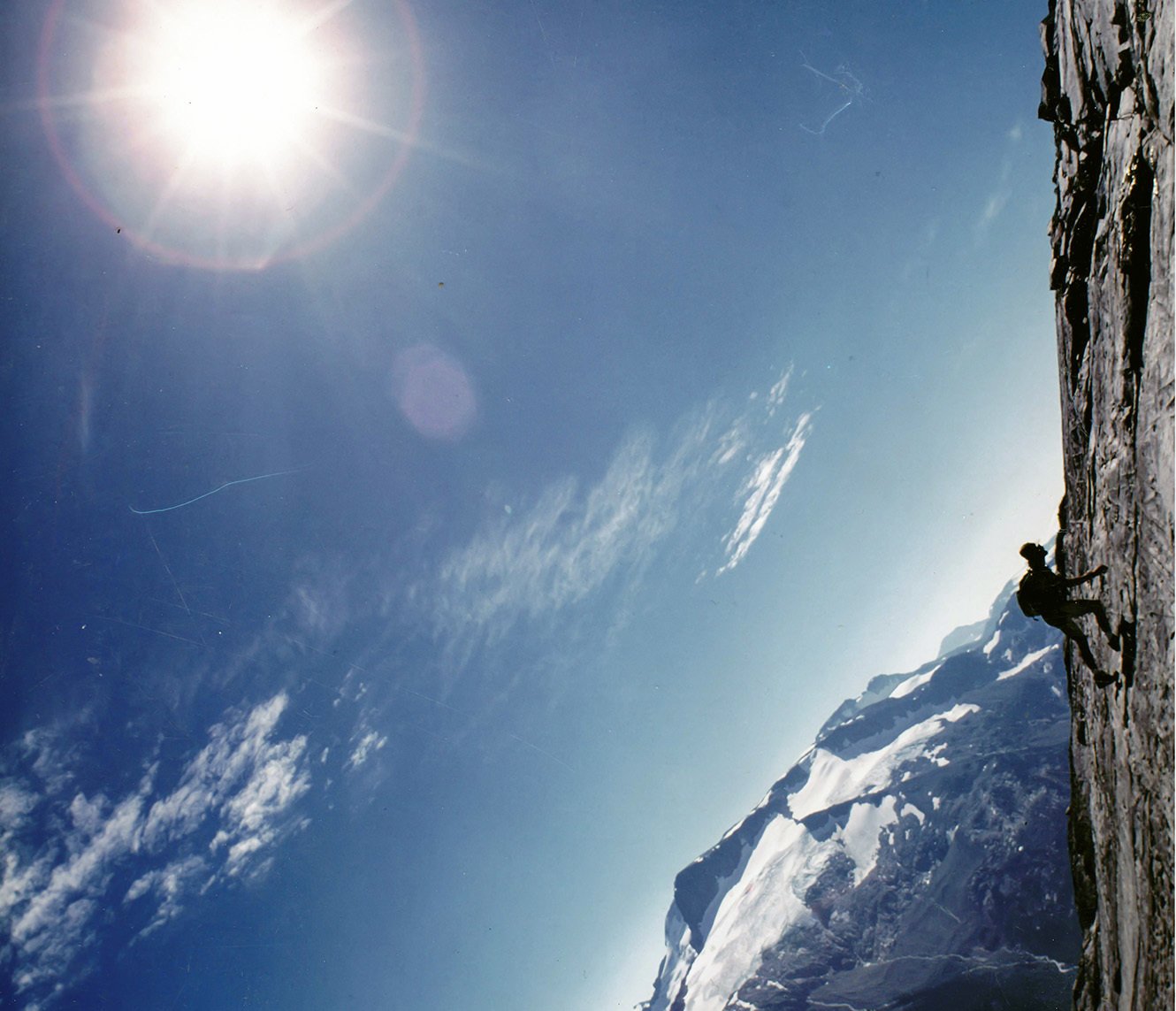ABMI Remote Sensing Scientist Jen Hird presented as part of Google Earth Outreach’s Geo For Good lightning talk series on January 27. This event has now ended. Across the field of biodiversity monitoring, technological advances are making possible new kinds of observation and analysis. Some of the biggest changes have come from the deployment of [...]
